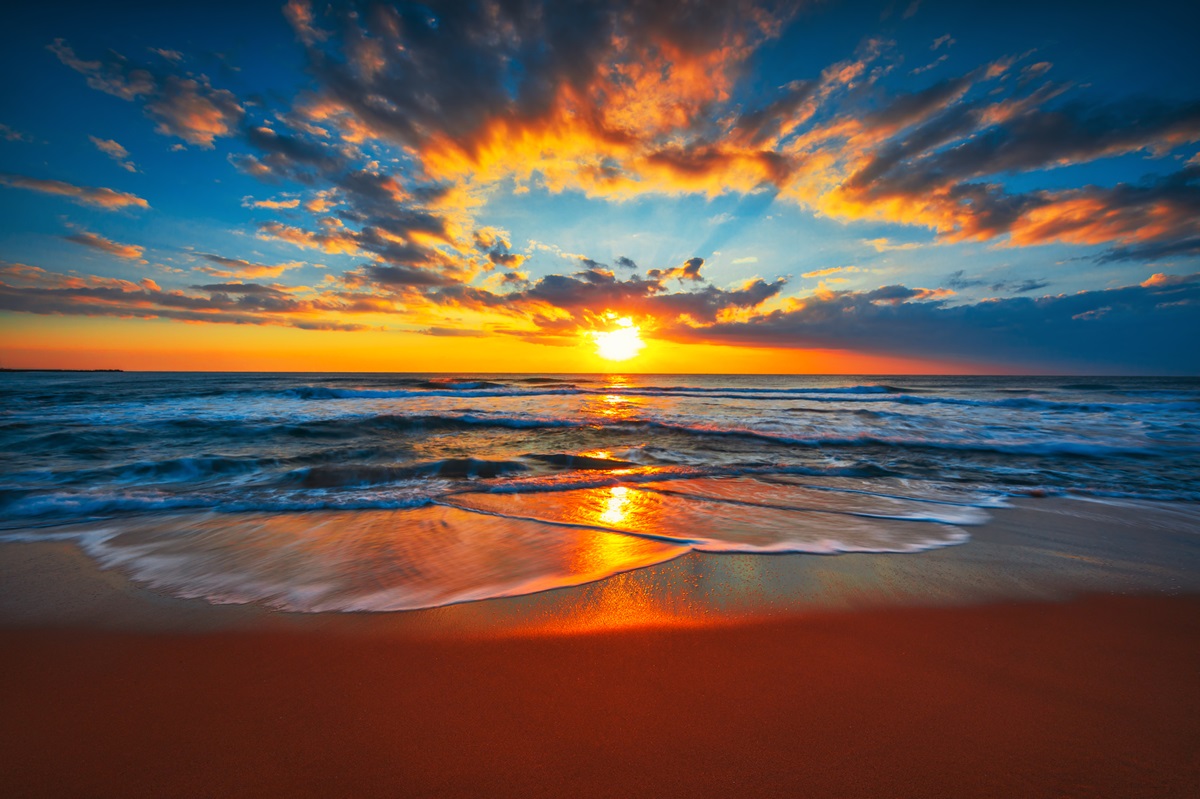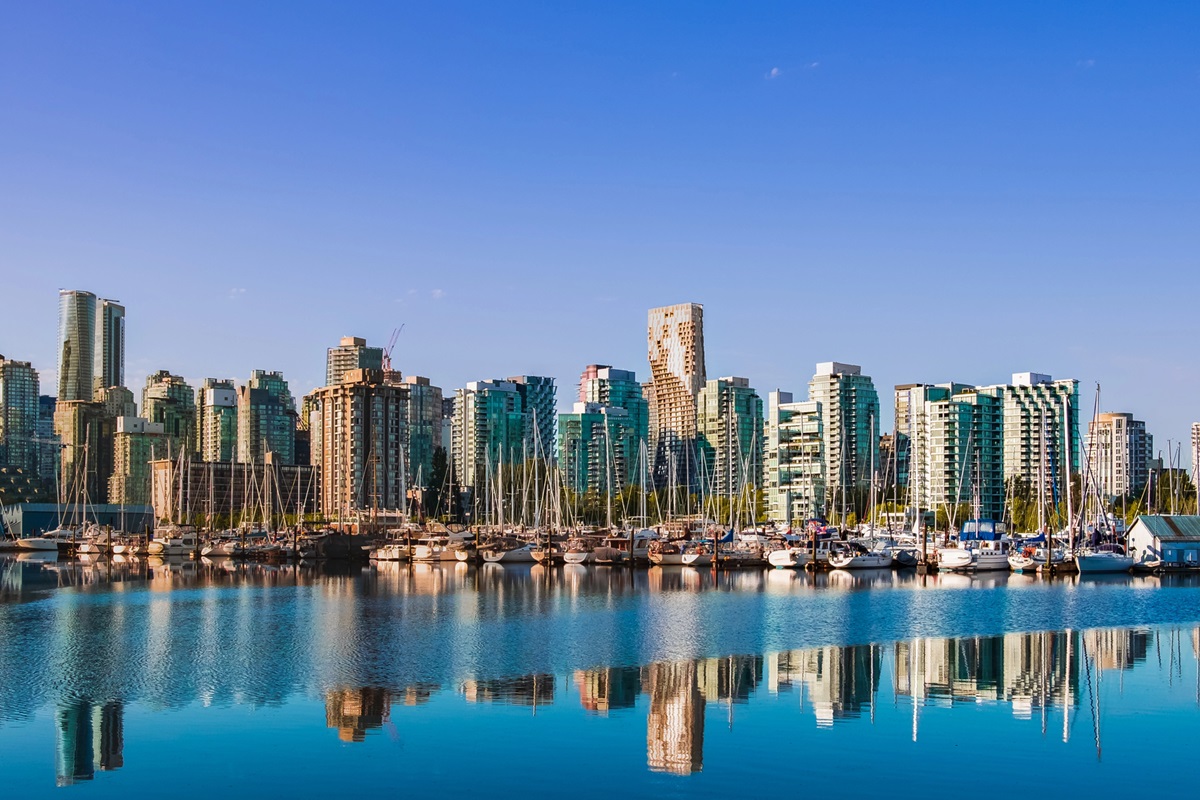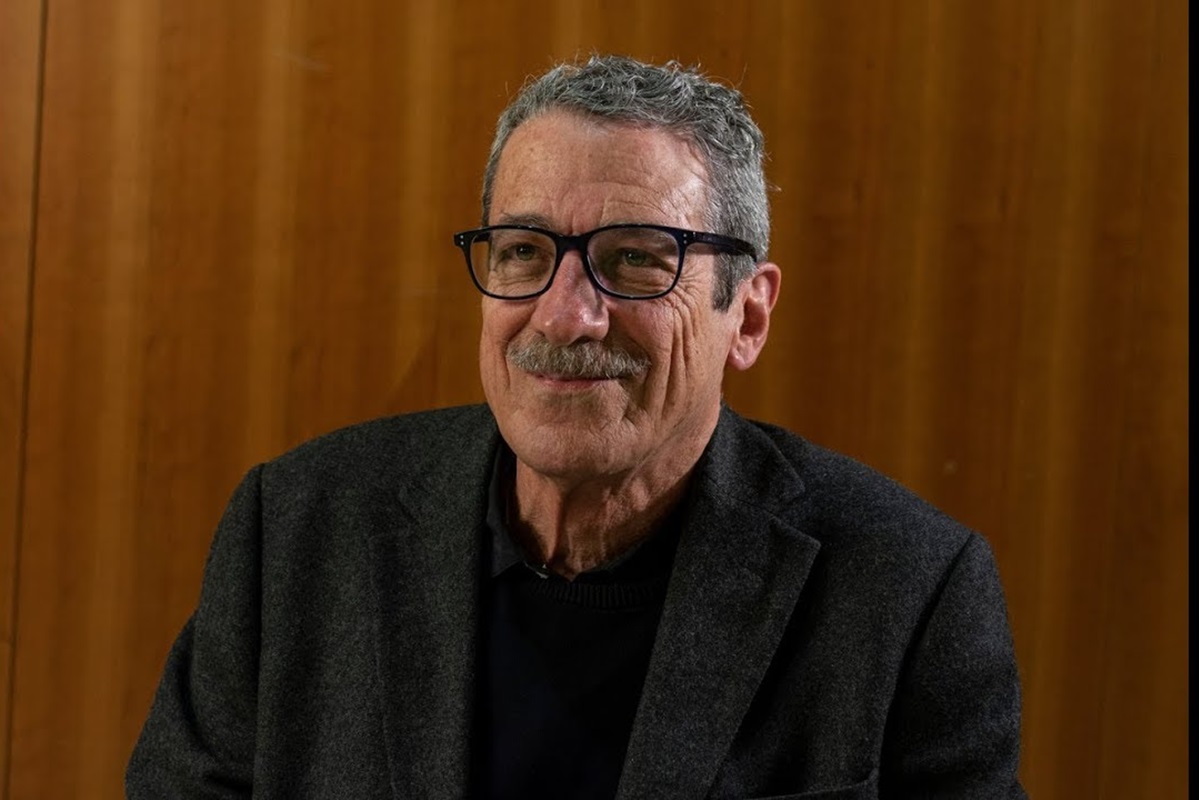Panama City is a skyline in motion, where glass towers rise beside colonial plazas and avant-garde design dialogues with centuries-old stone. Walking through its streets is like browsing an architectural portfolio that spans empires, trade routes, and the ambitions of a metropolis that never stops reinventing itself.
From churches that survived the fire of pirate raids to futuristic silhouettes that redefine the bay, the city has become a laboratory of styles, contrasts and bold experiments. This tour invites readers to pause before the most captivating buildings of Panama’s capital — not just for their beauty, but for the stories they tell about power, faith, commerce and identity.
YOO PANAMA
Inspired by French designer Philippe Starck, YOO Panama is a sophisticated masterpiece that overlooks the ocean, right on Panama City’s most sought-after street, Avenida Balboa. The building, which was awarded Best Interior Design Apartment in Central and South America at the International Property Awards for the Americas in 2014, offers spectacular panoramic views over the bay and the Panama Canal.
The 56-story apartment complex is made up of finely decorated apartments and lofts. It also features a giant rooftop pool surrounded by bungalows and two restaurants: the Chinese Chin Chin on the bottom floor, and the Mediterranean Cabana above.

YOO Panama | © YOO Panama
THE METROPOLITAN CATHEDRAL
Rising over Plaza de la Independencia in Casco Antiguo, the Metropolitan Cathedral is one of the most emblematic buildings in Panama City. Its façade, built with stone blocks brought from the ruins of Panamá Viejo, combines sobriety with grandeur. The twin bell towers, inlaid with mother-of-pearl from the Pearl Islands, reflect the ingenuity of colonial craftsmen who integrated local resources into Spanish baroque tradition. Inside, the high ceilings and carved wooden altarpieces remind visitors of the role the church played as both a spiritual center and a symbol of resilience for a city that had to rebuild itself after fire and invasion.
Beyond its religious function, the Cathedral has become a focal point in Panama’s urban narrative. Restorations over the last decades preserved its historical character while adapting it for cultural events and civic gatherings, turning it into a living monument rather than a relic. Surrounded by narrow cobblestone streets, cafés and restored houses, it anchors the dialogue between the city’s colonial past and its 21st-century transformation. For architects and design enthusiasts, the Cathedral stands as a testament to how built heritage can shape identity and continue to inspire even in the shadow of modern skyscrapers.

The cathedral in Casco Viejo, Panama | © Lapping/Pixabay
IGLESIA DEL CARMEN
The Iglesia del Carmen (Church of our Lady of Mount Carmen) is a gothic icon right at the center of Panama City. Though the architectural style is reminiscent of the Middle Ages, the church was actually built in the 20th century. Curiously located in the middle of a busy area, the Iglesia del Carmen’s beauty towers over the urban surroundings. Today, it is one of the most-visited religious temples in the entire country, as well as one of the most remarkable buildings in Panama City.

Iglesia del Carmen, Panama City | © Ayaita/WikiCommons
BIOMUSEO
Designed by world-renowned architect Frank Gehry, the Biomuseo is an outstanding building in Panama City. It is Gehry’s only work in Latin America and the tropics, and the building was designed to represent the story of the Isthmus of Panama.
Emerging from the waters, this narrow country became the bridge uniting two continents, thus splitting the ocean in two, and transforming the biodiversity of the earth forever. The Biomuseo is made up of eight permanent galleries designed by Bruce Man Design, a public hall, a space for temporary exhibitions, a shop, a cafe, and a botanical park outside.

Biomuseo, Panama City | © Editorpana/WikiCommons
Photo of the portrait: Depositphotos







